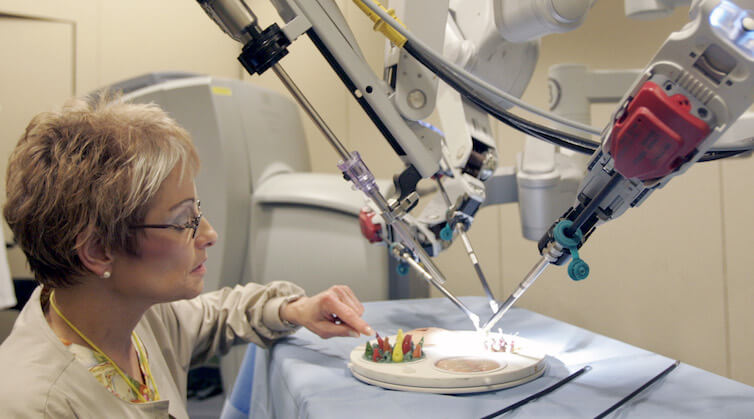The case for more internships and apprenticeships in the United States

For many Americans, an internship is a key entry point into the U.S. labor market. Interns are typically paid very little but learn valuable skills from their more seasoned colleagues. It was the case for me, and it is the case for millions of other entry-level workers. A new working paper, “Production and Learning in Teams,” by me and my co-authors—economists Jeremy Lise at the University of Minnesota, Guido Menzio at New York University, and Gordon Phillips at Dartmouth College’s Tuck School of Business—measures the rate at which low-skill workers learn from their high-skill peers. Our findings demonstrate that the United States would benefit significantly in terms of overall welfare and Gross Domestic Product by subsidizing jobs that pair high- and low-skill workers. These pairings of workers could be promoted through internships but also vocational training, mentorships, or apprenticeships.
To conduct our research, we obtained administrative U.S. Census bureau data which links 95 percent of private-sector employees to their coworkers between 1998 and 2008. We use this data in conjunction with the so-called frontier theory of the labor market, which integrates peer effects and realistic wage-setting into a model with heterogeneous co-workers, in order to measure the costs and benefits of pairing high- and low-skill workers. The cost of pairing these contrasting sets of workers is the forgone output that would have been generated by pairing high-skill workers together. The benefit is the human capital generated from the learning accumulated by low-skill workers from their high-skill co-workers.
To measure these costs and benefits, we use the wage patterns (including wage growth and job mobility) of workers and how those wage patterns vary with the characteristics of their co-workers. We find that learning is single-sided, as one would expect, meaning that workers catch up to more knowledgeable co-workers, but more knowledgeable co-workers are largely unaffected by less knowledgeable ones. In other words, interns and apprentices will learn from senior colleagues, but these low-skill workers will not affect the skills of senior colleagues.
We estimate that learning from co-workers accounts for 24 percent of the aggregate U.S. human capital stock. Roughly 40 percent of a typical worker’s human capital is accumulated on the job, and of that human capital accumulation, 60 percent comes from learning the skills of co-workers. These benefits of learning from co-workers could be increased markedly, however, if U.S. policymakers encouraged more firms to offer internships, apprenticeships, and other types of mentoring such as vocational training.
But this is easier said than done. In the U.S. labor market, workers are free to leave their jobs at any point in time, and firms are generally free to replace those workers at any point in time. As a result, not enough mentorship relationships are formed between high- and low-skill workers. If low-skill workers are able to leave immediately after learning new skills, then their employers have little incentive to train and educate those workers. But, from society’s standpoint, we want those low-skill workers to be taught so that they produce more and eventually go on to train the next generation of workers.
Our findings show that there could be significant social welfare and U.S. economic output gains to be had in the United States if policymakers subsidized the pairing of high- and low-skill workers. While our paper allows for very complicated policies, we compute that a simple 3.6 percent tax break on the wages of interns, or a 3 percent tax break on the wages of mentors (defined to be those whose primary capacity is to work with interns), would generate welfare gains of roughly 2 percent per annum in the long-run. We find that implementing a more complex policy—such as the tax system considered in the paper—would increase U.S. GDP per capita by roughly the same amount of 2 percentage points and increase the aggregate human capital stock in the United States by 2 percentage points in the long run.
—Kyle Herkenhoff is an assistant professor of economics at the University of Minnesota and a 2015 and 2016 Equitable Growth grantee.



